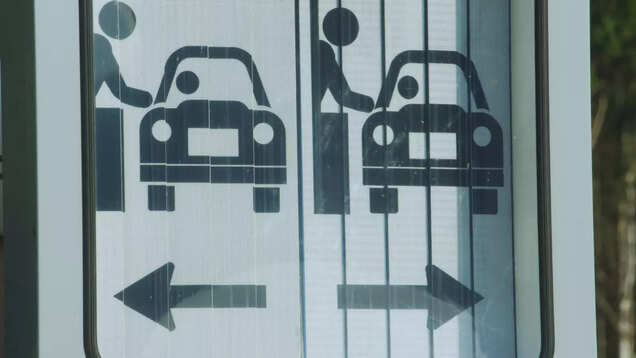
In a significant move towards modernising India’s road infrastructure, the government is preparing to phase out traditional toll collection methods in favour of the Global Navigation Satellite System (GNSS). The new system, announced by Union Road Transport and Highways Minister Nitin Gadkari, is currently in the testing phase and is expected to revolutionise how tolls are collected across the country.
GNSS technology represents a major upgrade from the existing FASTag system. It operates using a satellite-based unit installed in vehicles, allowing authorities to accurately track a vehicle’s movement on tolled highways. As a vehicle exits a toll road, GNSS automatically calculates the distance travelled and deducts the appropriate toll fee. This ensures that drivers pay only for the distance they have covered, leading to potential savings on every trip.
The implementation of GNSS is also expected to eliminate the need for traditional toll booths, easing traffic congestion and reducing travel time by eliminating long queues. This shift will provide a more convenient and seamless experience for drivers across India’s highways.
However, the transition to GNSS will take time. The system is currently being tested on two major national highways: the Bengaluru-Mysore National Highway (NH-275) in Karnataka and the Panipat-Hisar National Highway (NH-709) in Haryana. Data and challenges identified during these tests are being analysed and will be reviewed by the concerned ministry. Once approved, the GNSS toll collection system will be rolled out in phases, initially covering major highways that connect key cities.
The introduction of GNSS marks a significant step forward in India’s efforts to modernise its road infrastructure, promising more efficient toll collection and a better travel experience for millions of drivers.
How does the current FASTag system work?
The FASTag system in India is an electronic toll collection method that utilises Radio Frequency Identification (RFID) technology to streamline toll payments on highways. Introduced to alleviate traffic congestion and enhance efficiency, FASTag enables vehicles to pass through toll plazas without stopping for cash transactions. The system operates through a small RFID tag affixed to the vehicle’s windshield, which is linked to a prepaid account. As the vehicle approaches a toll plaza, RFID readers detect the tag and automatically deduct the toll fee from the associated account. Once the payment is processed, the toll barrier lifts, allowing the vehicle to proceed without delay.
Also read: Ladakh to have 5 new districts by 2028; Centre announces
The vehicle owner also receives an SMS notification detailing the toll payment and the remaining balance. Users can easily recharge their FASTag account through online banking, mobile wallets, or UPI.


